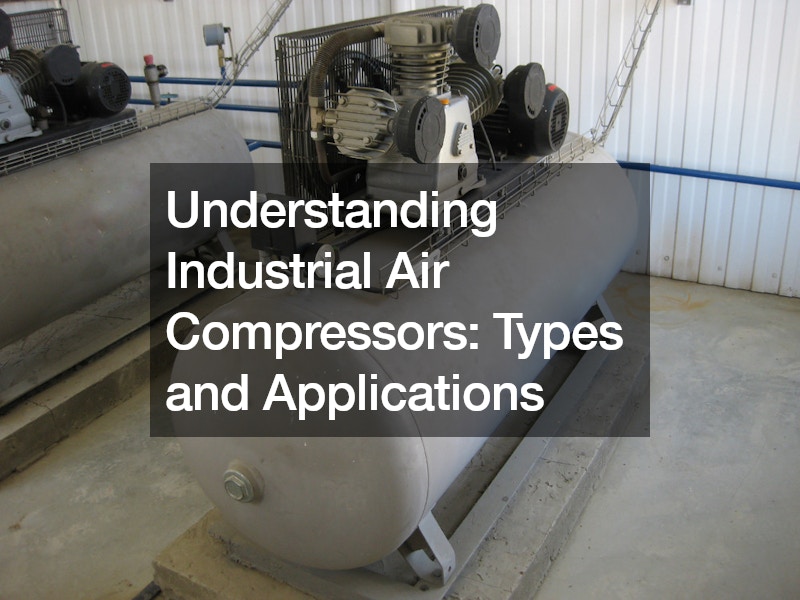Industrial air compressors are essential in various sectors, from manufacturing and construction to food processing and automotive services. These devices, powered by electric motors, compress air into a storage tank, which can be released at a chosen pressure when needed. Understanding the types of air compressors and their specific applications is crucial for selecting the right equipment for your needs.
Positive-Displacement Compressors One of the most common types of industrial air compressors used in automation and workshops is the positive-displacement compressor. These compressors function by drawing air into a chamber and then reducing the volume of that chamber to increase pressure. This fundamental principle underlies several different types of compressors within the positive-displacement category.
Reciprocating Compressors Reciprocating compressors, also known as piston compressors, operate using a crankshaft that moves a piston within a cylindrical housing. During the suction stroke, the inlet (suction) valve opens to allow atmospheric air to enter the cylinder. The outlet (discharge) valve releases the air at high pressure on the compression stroke. However, compressing air generates heat, which can reduce the efficiency of the compression cycle and pose a risk of explosion if inflammable substances come into contact with the overheated air and piston. Due to this heating issue, single-stage reciprocating compressors are generally limited to about 10 bars (145 psi).
Multistage Compressors To achieve higher pressures, multistage compressors are utilized. A two-stage compressor, for example, uses a large piston to build the first compression stage. The air is then cooled before entering the second stage. These compressors can achieve pressures over 20 bars (290 psi) and often incorporate water cooling to prevent overheating. Reciprocating compressors deliver pulsed air and are typically used with a storage tank to reduce energy consumption and wear. This setup allows the compressor to operate with a two-point controller, which helps manage energy use more efficiently.
Diaphragm Compressors Diaphragm compressors, another subtype of piston compressors, use a diaphragm to seal the suction chamber from the piston. This design prevents the compressed air from coming into contact with the lubricated piston, thereby keeping the air free of oil contamination. Diaphragm compressors are particularly useful in applications requiring clean air, such as the food industry and filling divers’ bottles. However, the elasticity of the diaphragm is a limiting factor, as it can wear out over time.
Rotary (Vane) Compressors Rotary compressors, also known as vane compressors, operate on a different principle than piston compressors. These compressors feature a cylindrical housing with adjustable rotary vanes attached to an offset drive shaft. As the shaft rotates, the vanes create chambers of variable sizes, drawing in air in the largest chamber, compressing it, and releasing it in the smallest chamber. The advantage of this design is the delivery of pulsation-free air flow, which can be more consistent and efficient. Rotary compressors are quieter and less sensitive to dirt, making them ideal for wastewater treatment, fish breeding aeration, dust collection, and vacuum packing applications. In many cases, an air tank is not required with rotary compressors.
Selecting the Right Industrial Air Compressor When selecting an industrial air compressor, it is important to consider the specific needs of your application. Factors such as the required pressure, air volume, and the environment in which the compressor will operate play significant roles in determining the best type of compressor.
For instance, a multistage reciprocating compressor may be the best choice if you need a compressor for heavy-duty applications requiring high pressures. These compressors can handle higher pressures and are suitable for environments where robust and reliable performance is critical. On the other hand, if you need a compressor for an application that requires clean, oil-free air, such as in food processing or medical applications, a diaphragm compressor would be more appropriate due to its ability to keep the air free from oil contamination.
In environments where noise levels and sensitivity to dirt are concerns, rotary compressors are often preferred. Their quieter operation and lower maintenance requirements make them ideal for applications in wastewater treatment plants and manufacturing processes involving dust collection.
Energy Efficiency and Maintenance Energy efficiency is another crucial factor when choosing an industrial air compressor. Compressors with a storage tank and two-point controller can significantly reduce energy consumption and wear, leading to lower operating costs and longer equipment lifespan. Regular maintenance is essential to ensure optimal performance and prevent breakdowns. This includes checking and replacing filters, inspecting for leaks, and ensuring all moving parts are properly lubricated and functioning correctly.
Conclusion Understanding the different types of industrial air compressors and their specific applications is essential for making an informed decision. Positive-displacement compressors, including reciprocating, multistage, diaphragm, and rotary compressors, each have unique advantages and are suited to various tasks. By considering factors such as the required pressure, air volume, environment, and energy efficiency, you can select the right compressor to meet your needs. Proper maintenance and operation will ensure that your industrial air compressor provides reliable and efficient performance for years.
.


